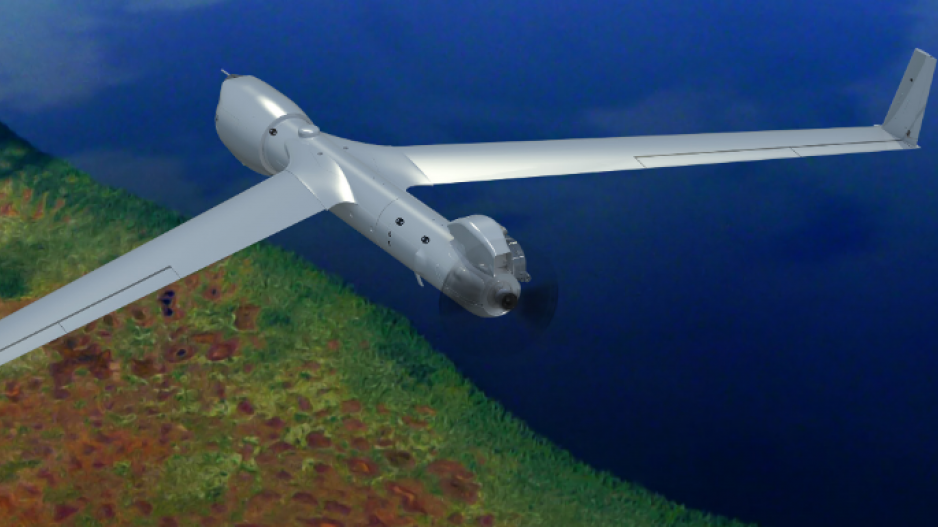Protonex, a branch of Ballard Power Systems, has successfully tested flights of a drone powered by a hydrogen fuel cell system.
The test flights were done on Boeing Insitu’s ScanEagle drone, which has been used in both military and civilian applications in the U.S., including ocean surveillance. The ScanEagle currently runs with a traditional combustion engine, but this may soon change.
When the drone uses the fuel cell instead of its current energy source, Ballard said, it has the ability to run silently and has a failure rate that is one-fifth its current level. As well, it is able to start or stop mid-air.
“These test flights have successfully demonstrated the integration and operation of our fuel cell propulsion system as well as the high-pressure hydrogen fuel tank,” said Paul Osenar, president of Protonex.
“When combined with improved reliability and other advantages over internal combustion systems, fuel cells are proving to be a tremendous fit for UAVs [drones].”
Peter Kunz, Boeing Insitu’s chief technology officer, said Protonex’s hydrogen fuel cell is still in developmental testing, and additional tests are planned throughout the rest of this year.




